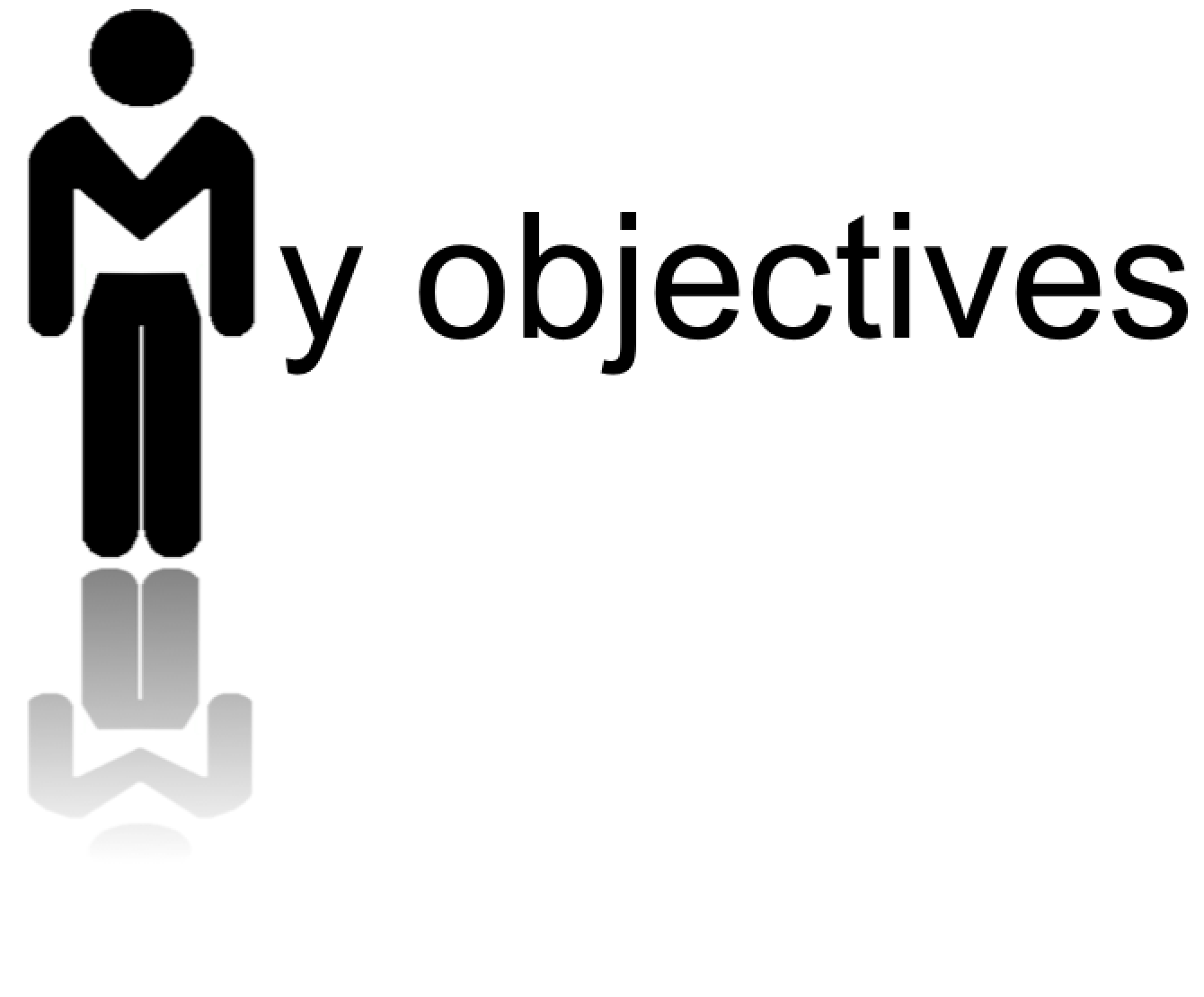MAP: My objectives

My objectives are:
- Private (not for client viewing)
- Immediate (concerning just this encounter)
- Multidirectional (my needs and theirs).
The My in “My objectives” is there to emphasise that these are private objectives. They may go beyond the meeting goals that I expose to my client when we meet. They may include, for example, “Convince my client that his project is doomed” or “Have my client pay extra for a software upgrade,” which are aims that I would not announce openly at the start of a meeting. This is OK – I can remain honest and authentic without being naively transparent.
My objectives are also immediate objectives for the encounter, not the long-term objectives for the project with which it is connected. For example, if my project is a $10 million order that we hope to receive next year, my immediate objective will be something like, “Obtain an introduction to the VP of R&D,” or “Discover any possible obstacles to the acquisition of this technology.” Focusing on immediate objectives restricts the scope of the MAP to the encounter concerned.
Finally, My objectives should be multidirectional:
- Stuff that I wish to discover from my client
- Information to give to them
- Things to discuss or negotiate with them.
Whenever I work with CAEs on the MAP tool I invariably find that they focus on the information that they wish to give to their clients, especially when the encounter preparation includes the production of a presentation. By remembering multidirectional, I can guard against this error.
Of course, if I am working with a colleague, then “My objectives” means our joint objectives. In fact, MAP really comes into its own when it is used in a collaborative context.
More about MAP:
- MAP top
- GPS versus MAP
- Strategic versus tactical preparation
- Example: when GPS takes control
- The MAP tool explained
- My objectives
- Audience
- Plan
- Example: MAP extended case
- MAP as a front end to other tools
- Keeping it simple
- MAP in brief
Get the Client Encounters of the Technical Kind book!
